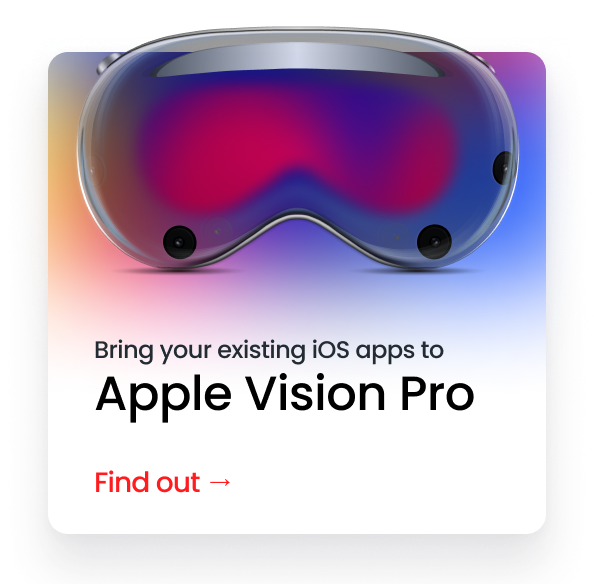IoT and Mobility-Driving Forces of Next-gen Business

Table of Contents
These days, it becomes increasingly difficult to identify the subtle difference between two thriving technologies-Internet of Things (IoT) and mobility. Especially in business, the thin lines appears to be blurred because of the paradigm shift in the Internet access from smartphones to smart devices. The blog talks about how IoT and enterprise mobility collectively contribute in driving the next-gen business through redefining operations.
Device: two different perspectives
Well, the device is nothing but a smartphone or a tablet filled with apps and having Internet connectivity when we think in the context of enterprise mobility. Our smartphones or tablets are equipped with sensors to collect data on location, acceleration, proximity, altitude, light, and so on.
But, when it comes to IoT, all the sensor-embedded ‘things’ connected to the Internet are considered as devices. IoT expands the term ‘device’ radically through the inclusion of RFID tokens, meters, cameras, wearables, glasses, and even clothing. Today, IoT becomes an umbrella term that covers all the devices that can monitor, transmit, or collect data.
IoT-enabled systems include a huge variety of sensors and chips to enable any item to act as a device for data storage and access. As per a report from Juniper Research, over 46 billion Internet-connected devices are expected to come in our way by 2021. Cisco’s prediction is even more ambitious with 50 billion devices. In a way, IoT technology has poised to offer endless possibilities in the world of communication.
IoT meets mobility
IoT brings a diversity of devices and increases the number of connected devices manifold. In a way, it takes enterprise mobility to the new level where imagination and creativity can open the doors of unlimited opportunities for facilitating business processes. A plethora of smart devices can be integrated into managed ecosystems to bring vital data from any location and transmit to tailored business applications.
Anywhere and anytime access to critical business data is facilitated by IoT, and as a result, all the stakeholders, employees, and customers can remain in touch with the organization with ease. Besides, IoT offers entrepreneurs to start thinking about implementing this technology right away regardless of current business position.
IoT technology can readily fit with strategic business objectives and on combining with mobility; it can reduce downtime and increase productivity significantly while improving the security of corporate data.
As per the study of RESEARCHANDMARKETS, most of the businesses are spending on smart technologies to enhance customer satisfaction and reduce the operational cost for increasing the ROI. This approach is one of the major reasons for explosive growth projection in the number of IoT devices.
Role of managed service providers
Managed service providers are expert in developing and deploying bespoke IoT/mobility solutions while enabling organizations to manage operations and devices. In brief, a managed service approach combines the IoT concept with enterprise mobility through managing all the Internet-connected devices.
A managed services provider can assist business persons in improving scalability and objectivity through offering agility. Such a provider provides complete control over entire mobile infrastructure with proper IoT services management. Companies can get benefits of the technological advancements with specialized skills offered by service management professionals.
Unarguably, both IoT and mobility would drive businesses in the future, organizations of any size and business model must get ready to embrace them for handling the highly competitive working environment.




